Aquatic invasive species (AIS) are non-native plants, animals and other organisms that spread rapidly in freshwater and marine environments and threaten existing ecosystems.
AIS are species that are introduced, either accidentally or intentionally, into waterbodies outside their natural range. Once established, AIS are difficult to control and often impossible to eradicate due to their ability to outcompete native species for resources and their lack of natural predators.
These species can degrade water quality and habitat health, disrupt the local food web, impede recreation and cause economic losses for communities that rely on water resources. Managing AIS costs millions of dollars each year and affects industries such as fishing, tourism, and water treatment. Recreational activities like boating, swimming, and fishing may also suffer, as AIS can reduce water clarity, create physical barriers, and degrade the overall health and usability of lakes, rivers, and coastal waters.
How AIS Spread and Prevention Measures
AIS often spread through human activity. Boats, trailers, fishing gear, and recreational equipment can unintentionally transport AIS from one waterbody to another. Other common pathways include ballast water from ships, aquarium releases, and the use of live bait. Environmental changes—such as warmer water temperatures, shifts in precipitation patterns, and increased nutrient loading—can also influence where invasive species can survive and spread.
Because AIS are so difficult to control once they are established, prevention is the most effective defense strategy. Actions like cleaning and drying boats and gear before moving between waterbodies, never releasing aquarium plants or animals into the wild, and reporting new sightings are key steps individuals can take. Early detection and rapid response to new invasions can help contain their spread.
For species that are already established, management options can include cutting, hand-pulling, chemical treatments, and biological control where appropriate. These methods must be used carefully to minimize harm to native species and protect the health of the ecosystem.
AIS in the Northeast
A few common AIS are shown here; click on the photo to view the USGS species profile. Learn more about some of these invasive species in the article, Water Invaders: A Spotlight on Aquatic Invasive Species.
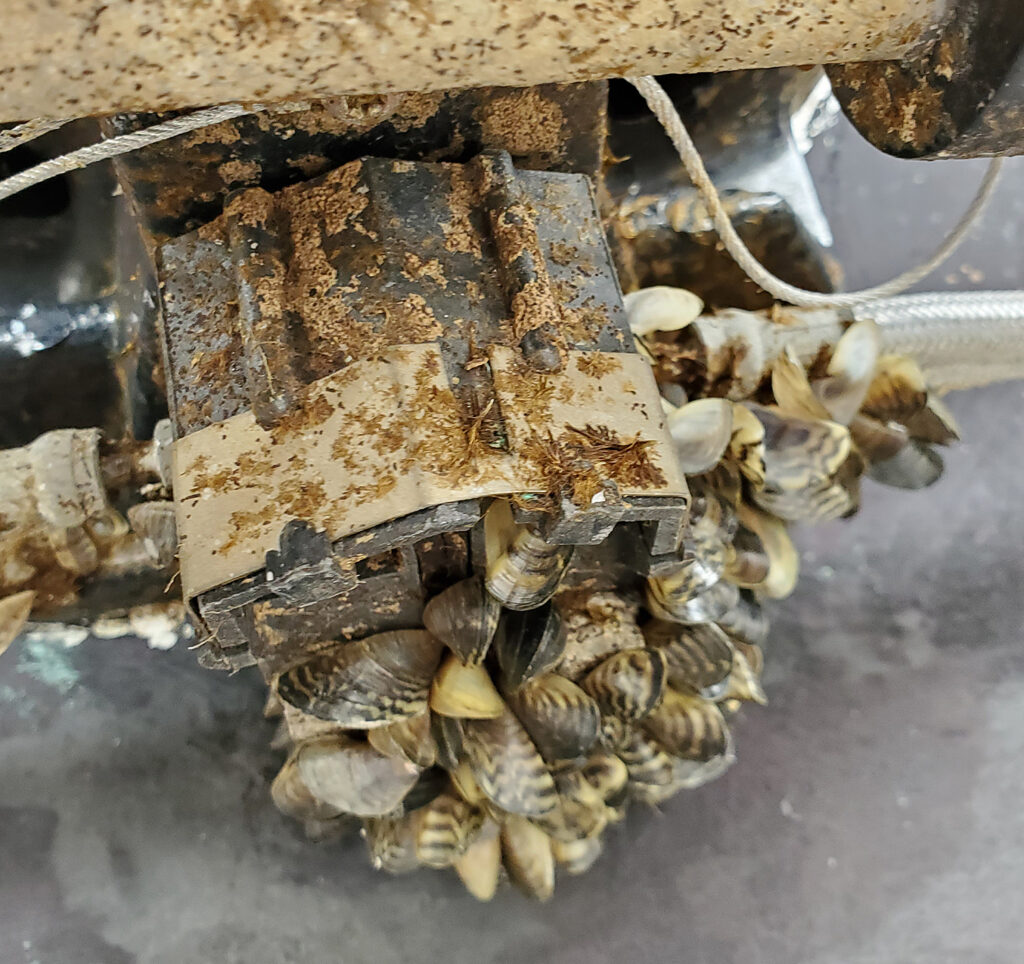
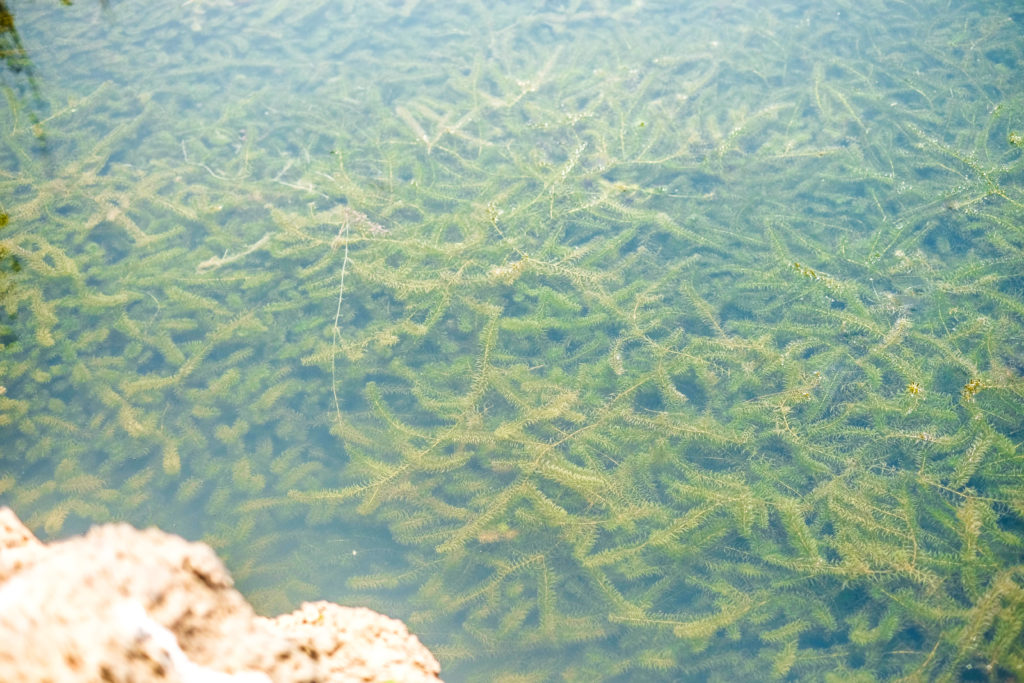
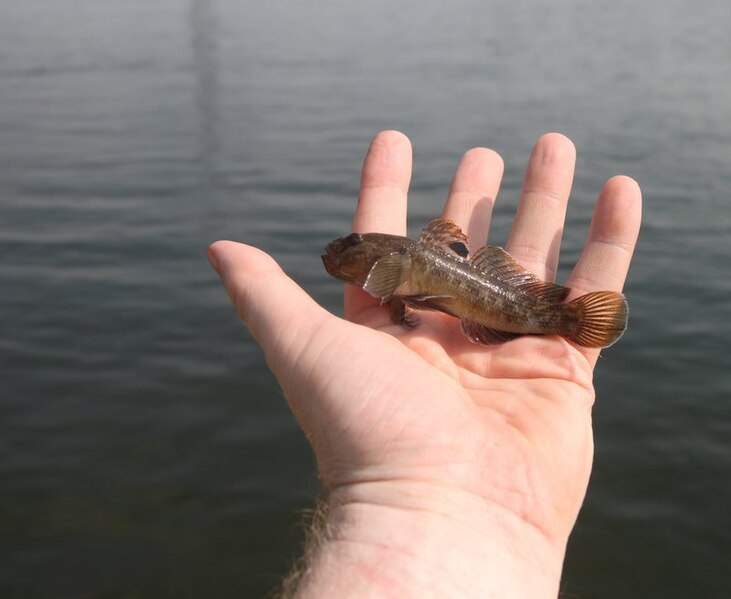
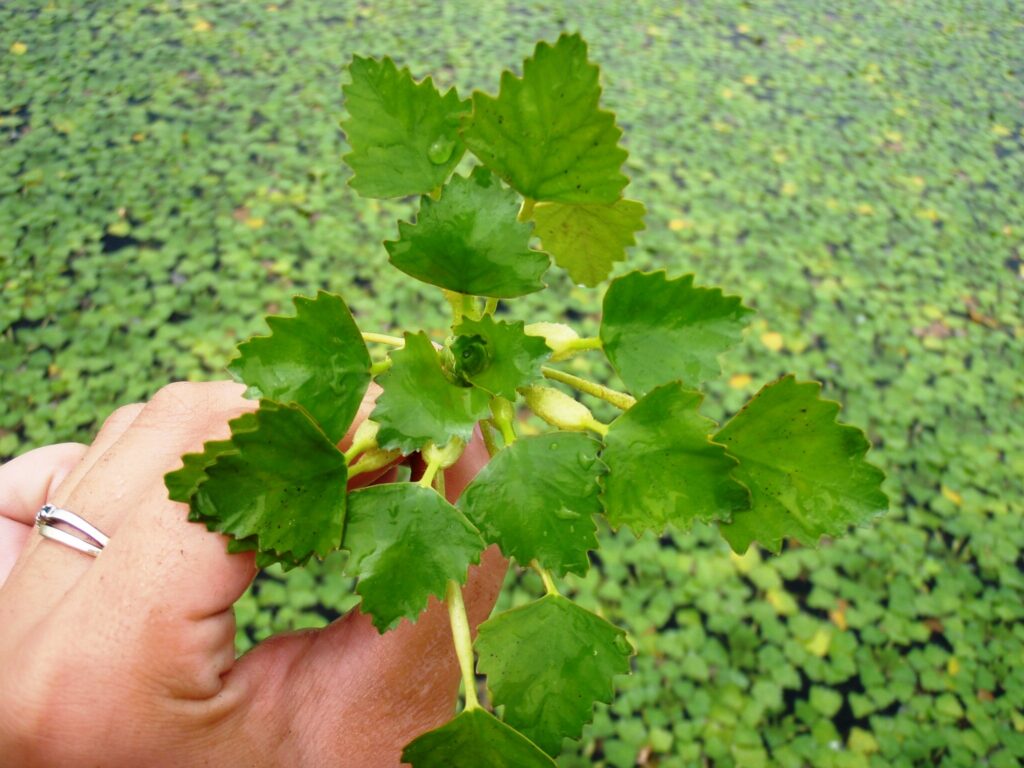
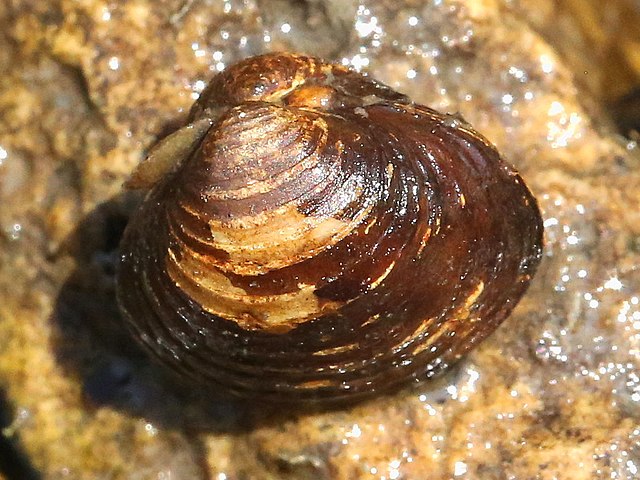
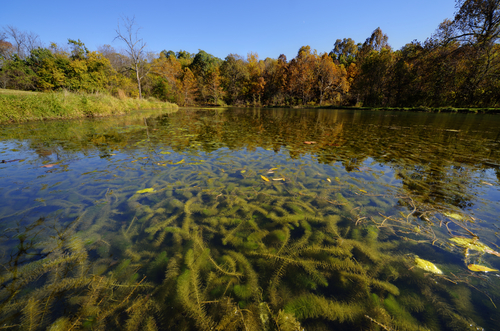
NEIWPCC’s Role in Addressing AIS
NEIWPCC staff are involved with various organizations throughout the region that address AIS, such as the Northeast Aquatic Nuisance Species Panel, Hudson River Aquatic Invasive Species Task Force, and the Lake Champlain Basin Program (LCBP) Aquatic Nuisance Species Subcommittee and Rapid Response Workgroup. These groups work to increase the visibility of AIS problems in the Northeast and facilitate funding and grant awards.
From 2023-2026, the Southeast New England Program (SNEP) awarded NEIWPCC grant funding for habitat restoration efforts in Rhode Island and Massachusetts. These collaborative projects focused on water chestnut management efforts in the Blackstone and Ten Mile Watersheds. Learn more about the Community-Based Habitat Restoration project.
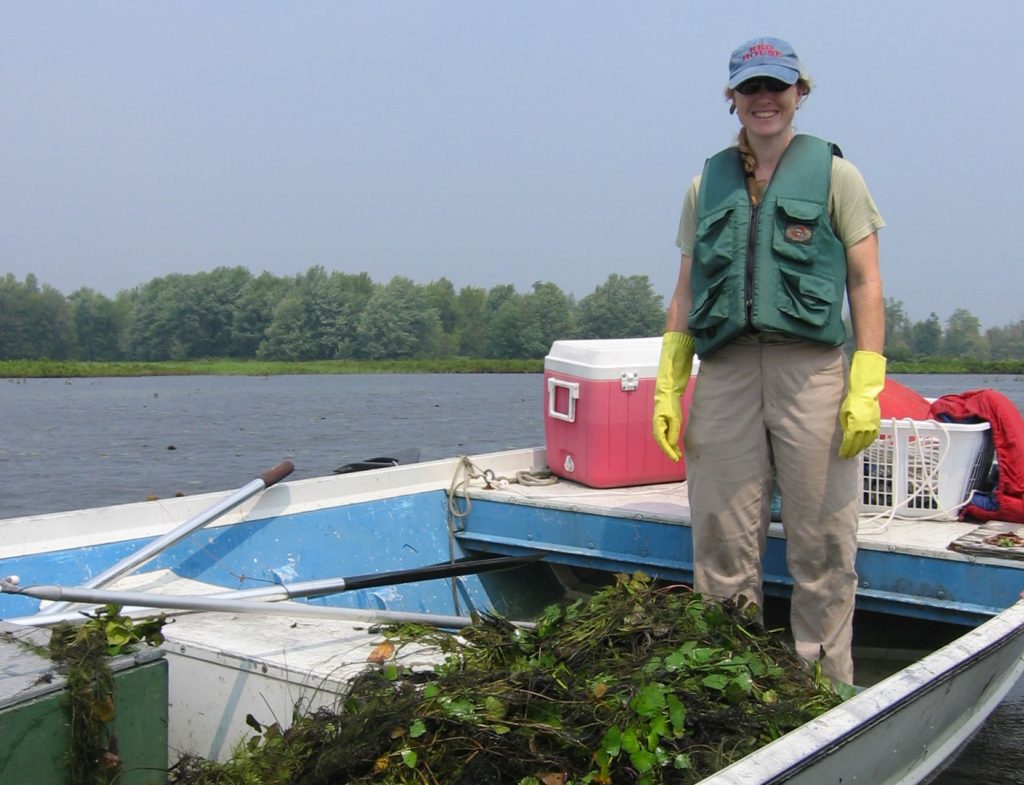
Lake Champlain
NEIWPCC hires seasonal aquatic invasive species boat launch stewards with the LCBP. Working at various public boat launches around Lake Champlain in Vermont and New York, they educate lake visitors about AIS, collect data, and inspect and decontaminate watercraft for aquatic organisms.
NEIWPCC staff at the LCBP coordinate management efforts to prevent the introduction and spread of AIS in the basin. This has included the development of a Lake Champlain Basin Aquatic Nuisance Species Rapid Response Action Plan, implementation of the Lake Champlain Basin Aquatic Nuisance Species Management Plan, and working with local and regional partners on AIS education and outreach campaigns. Staff also support efforts to prevent AIS from moving through the Champlain Canal system, and assist the Lake Champlain Zebra Mussel Monitoring Program by sampling the lake and its tributaries for juvenile mussels.
Learn more about AIS in Lake Champlain.
Additional Resources:
- Aquatic Nuisance Species Task Force (U.S. Fish and Wildlife Service)
- National Invasive Species Information Center: Aquatic Species (U.S. Dept. of Agriculture)
- National Stop Aquatic Hitchhikers Campaign
- Lake Champlain Basin Aquatic Invasive Species Guide
